-
CATEGORY ::
- All Seeds /
- All Flower Seeds




Bupleurum Seeds
SEASON
Annual
USDA ZONES
3 - 10
HEIGHT
24 inches
BLOOM SEASON
Mid summer to mid fall
BLOOM COLOR
Yellow
ENVIRONMENT
Full sun
SOIL TYPE
Well drained sandy or loamy
DEER RESISTANT
Yes
HOUSE PLANT
No
SEASON
Annual
USDA ZONES
4 - 10
HEIGHT
6 - 8 inches
BLOOM SEASON
Mid spring to late summer
BLOOM COLOR
Mix
ENVIRONMENT
Full sun
SOIL TYPE
Best in rich, well drain soil
DEER RESISTANT
No
LATIN NAME
Leptosiphon hybrida
SEASON
Perennial
USDA ZONES
7 - 11
HEIGHT
28 inches
BLOOM SEASON
Spring to fall
BLOOM COLOR
Rosy purple
ENVIRONMENT
Full sun to partial shade
SOIL TYPE
Well drained soils, pH 6.6 to 7.5
DEER RESISTANT
Yes
SEASON
Perennial
USDA ZONES
7 - 11
HEIGHT
4 inches
WIDTH
12 - 18 inches
BLOOM SEASON
Early spring to early fall
BLOOM COLOR
Pink
ENVIRONMENT
Full sun to partial shade
FOOT TRAFFIC
Light
DEER RESISTANT
Yes
SEASON
Annual
USDA ZONES
3 - 11
HEIGHT
100 - 140 inches
BLOOM SEASON
Late spring to late summer
BLOOM COLOR
Mix
ENVIRONMENT
Full sun
SOIL TYPE
Well drained, pH 6.6 - 7.5
DEER RESISTANT
No
HOUSE PLANT
No
SEASON
Annual
USDA ZONES
4 - 9
HEIGHT
12 inches
BLOOM SEASON
Late summer to early fall
BLOOM COLOR
Mix
ENVIRONMENT
Full sun
SOIL TYPE
Moist, well-drained, pH 6.6 - 7.3
DEER RESISTANT
Yes
SEASON
Perennial
USDA ZONES
9 - 11
HEIGHT
120 inches
BLOOM SEASON
Mid summer to late fall
BLOOM COLOR
Orange, red, yellow
ENVIRONMENT
Full sun
SOIL TYPE
Sandy, well drained soil, pH 5.5 - 7.5
DEER RESISTANT
Yes
LATIN NAME
Mina lobata
SEASON
Annual
USDA ZONES
3 - 10
HEIGHT
12 inches
BLOOM SEASON
Mid summer
BLOOM COLOR
Pink
ENVIRONMENT
Full sun to partial shade
SOIL TYPE
Rich, moist soil, pH 6.6 - 7.5
DEER RESISTANT
Yes
HOUSE PLANT
Yes
LATIN NAME
Mimosa pudica
About...
Hare's Ear (Bupleurum Rotundifolium Griffithii) - Bupleurum seeds grow quickly and easily to produce this annual for the cutting garden. Bupleurum adapts well to growing in many environments. For cut flowers, it is an excellent choice for filler in bouquets.MORE FLOWER OPTIONS
Planting Directions
TEMPERATURE
60 - 65F
AVERAGE GERM TIME
14 - 60 days
LIGHT REQUIRED
Yes
DEPTH
Surface sow and cover thinly with 1/8 inch topsoil
SOWING RATE
1 - 2 seeds per plant
MOISTURE
Keep seeds moist until germination
PLANT SPACING
12 inches
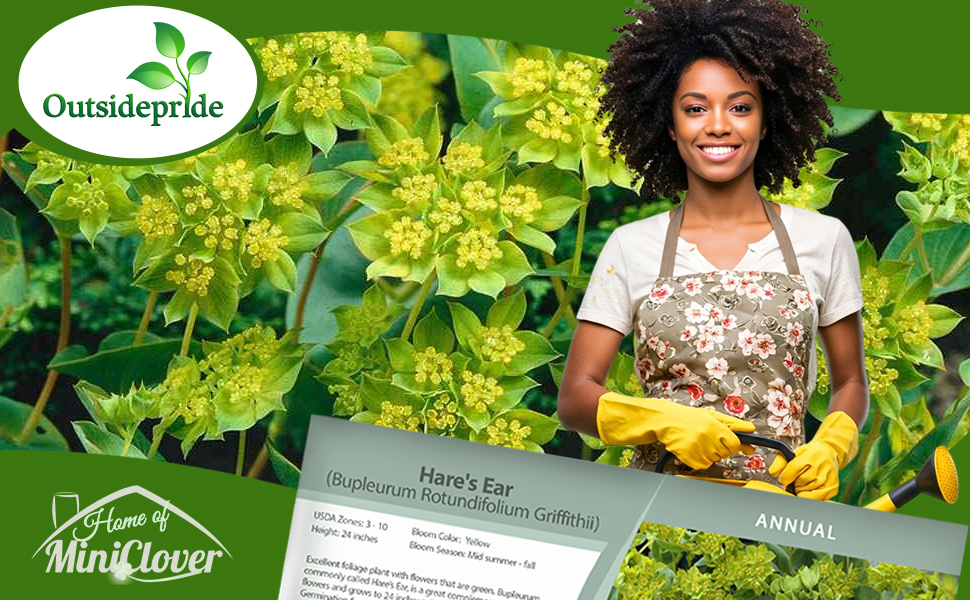

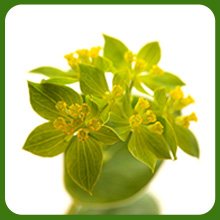
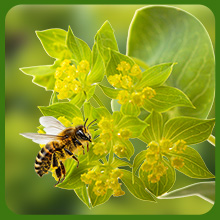

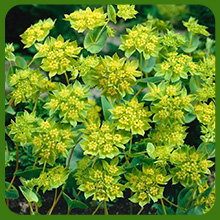
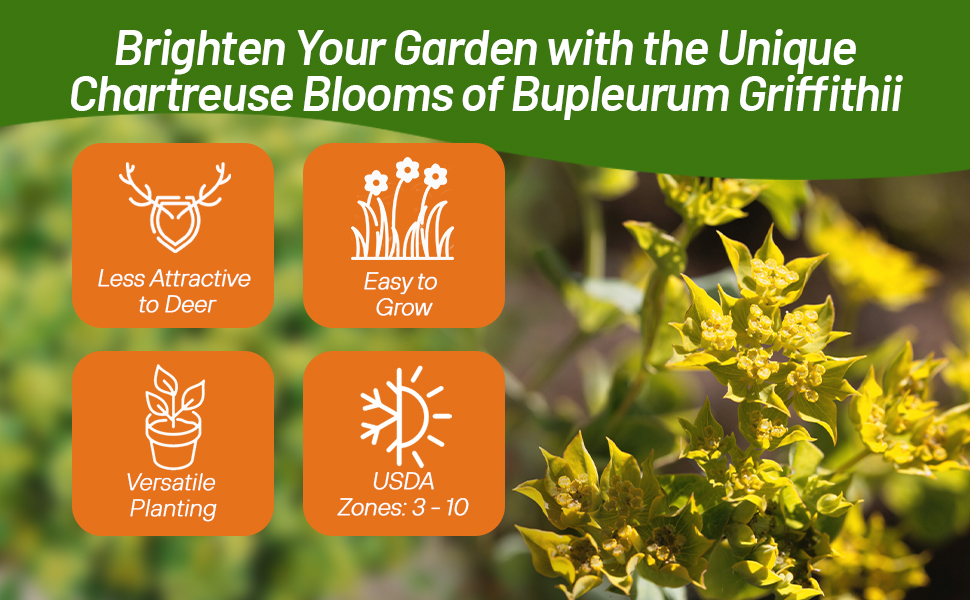

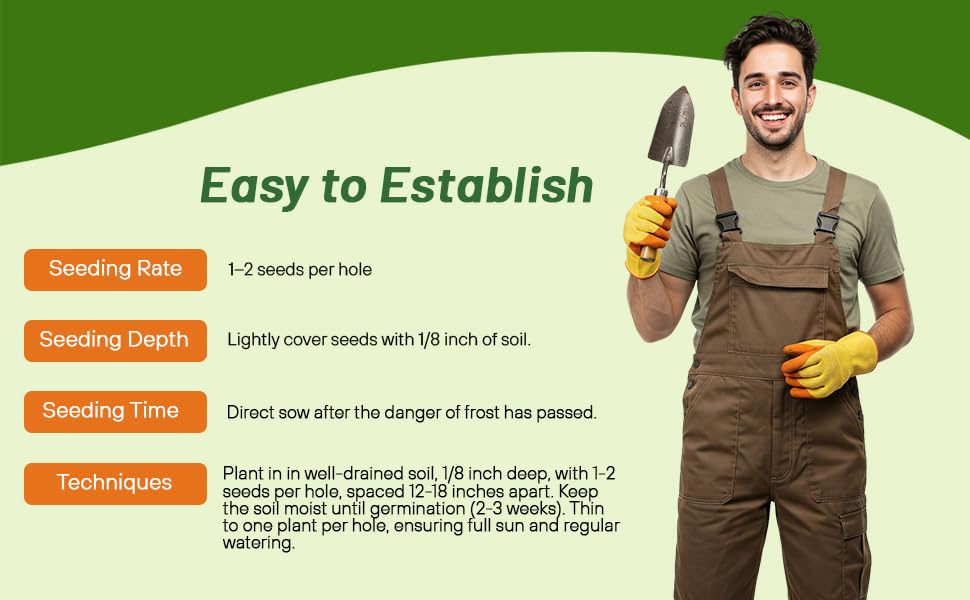
Hare's Ear (Bupleurum Rotundifolium Griffithii) - Bupleurum seeds grow quickly and easily to produce this annual for the cutting garden. Bupleurum adapts well to growing in many environments. For cut flowers, it is an excellent choice for filler in bouquets. This annual is easy to start from flower seeds, either by sowing the Bupleurum seeds in the flower garden or ahead of time indoors. When transplanting, space the Hare's Ear plants 12 inches apart, being careful not to disturb the roots. For cut flowers, provide support for straighter stems.
Bupleurum rotundifolium 'Griffithii' is an excellent foliage plant with flowers that are green. Bupleurum, commonly called Hare's Ear, is a great complement to other flowers and grows to 24 inches tall with a spread of 12 inches. Germination from flower seeds can be erratic, but it is worth sowing as they contrast well with other flowers and are a great bouquet addition. Hare's Ear Bupleurum can grow as a perennial in frost free zones.































